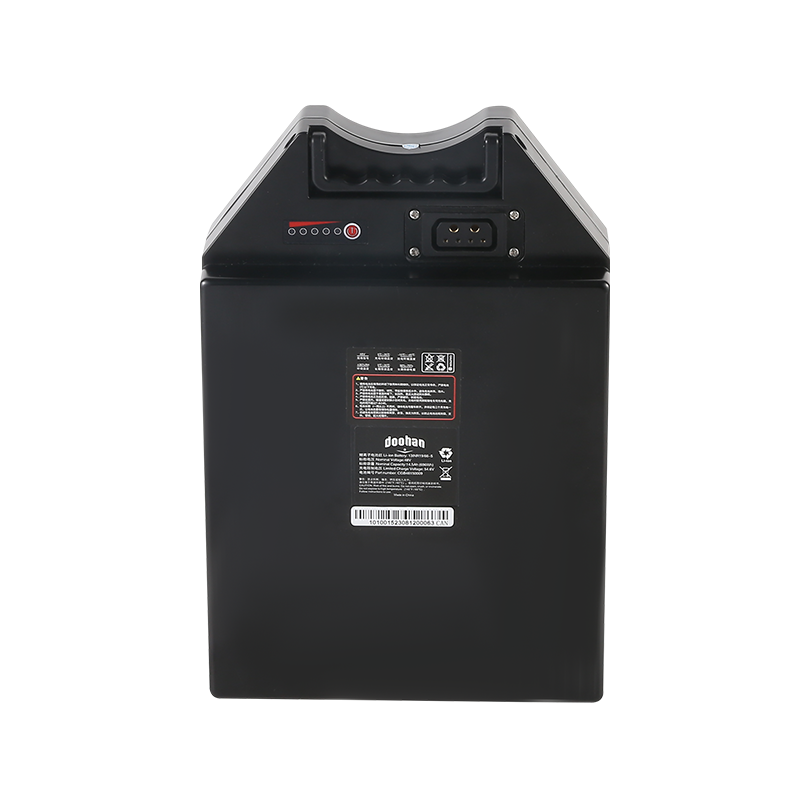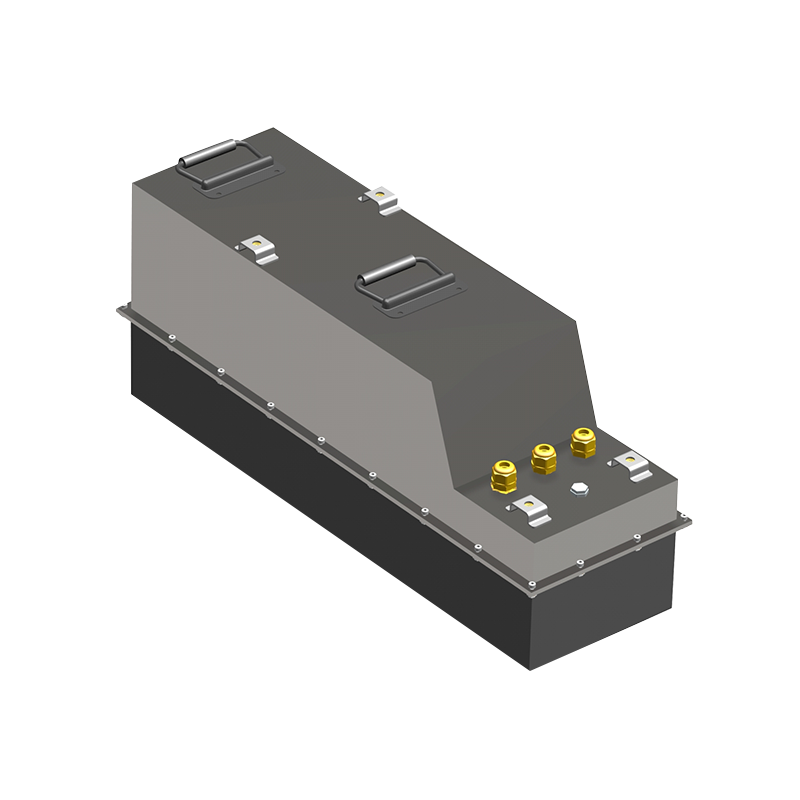Web Menu
Product Search
Exit Menu
Dynamics of Cylindrical Cell Modules in Energy Storage Systems
High Quality Prismatic Cylindrical Cell Module Manufacturing For Sale
Cylindrical cell modules represent a fundamental component within the intricate tapestry of energy storage systems, contributing significantly to their efficiency, scalability, and versatility. While often overshadowed by broader discussions on renewable energy and battery technologies, a closer examination of cylindrical cell modules unveils their crucial role in shaping the landscape of energy storage.
At the core of cylindrical cell modules lies a meticulously engineered architecture, comprised of individual cylindrical cells arranged in interconnected configurations. Each cell encapsulates a cathode, an anode, and an electrolyte, housed within a robust cylindrical casing. This compact and modular design optimizes space utilization and facilitates seamless integration into diverse energy storage systems.
Cylindrical cell modules exhibit a remarkable level of interconnectivity, with cells configured in series, parallel, or hybrid arrangements to achieve specific voltage, capacity, and power output requirements. Series connections increase voltage, parallel connections augment capacity, while hybrid configurations offer a balance between the two. This flexibility in configuration enables tailored solutions for a myriad of applications across industries.
Efficiency lies at the forefront of cylindrical cell module design, with meticulous attention paid to every aspect of their construction. From electrode materials to separator technologies, every component is optimized to maximize energy conversion efficiency and minimize energy loss during charge and discharge cycles. This relentless pursuit of efficiency ensures optimal performance and prolonged service life.
Effective thermal management is paramount in cylindrical cell modules to maintain optimal operating temperatures and safeguard against thermal degradation. Innovative thermal management strategies, such as heat sinks, phase change materials, and liquid cooling systems, dissipate excess heat generated during high-load operations. These strategies enhance module reliability and longevity while mitigating the risk of thermal runaway events.
Safety remains a top priority in cylindrical cell module design, with comprehensive safety features and protocols integrated into their architecture. From internal pressure relief mechanisms to external protective enclosures, multiple layers of protection are employed to mitigate the risk of overcharging, short circuits, and other hazardous conditions. These safety considerations ensure the safe operation of cylindrical cell modules in diverse environments.
Cylindrical cell modules epitomize scalability and flexibility, offering modular solutions that can be seamlessly integrated and expanded to meet evolving energy storage demands. Whether deployed in residential, commercial, or utility-scale applications, cylindrical cell modules provide a scalable framework for accommodating fluctuating energy requirements and adapting to changing operational needs.
The versatility of cylindrical cell modules extends across a wide spectrum of industries and applications, ranging from portable electronics to grid-scale energy storage systems. In consumer electronics, they power smartphones, laptops, and wearable devices, offering compact and lightweight energy solutions. In transportation, they drive the electrification of vehicles, enabling cleaner and more sustainable mobility. In renewable energy integration, they store excess energy from solar and wind sources, providing reliable backup power and grid stabilization.
Cylindrical cell modules play a pivotal role in the evolution of smart grids, where energy storage systems are seamlessly integrated with renewable energy sources, demand response mechanisms, and advanced grid management technologies. By storing surplus energy during off-peak hours and discharging it during peak demand periods, cylindrical cell modules contribute to grid stability, load balancing, and cost optimization.
Ongoing innovations in materials science, manufacturing processes, and system integration continue to drive progress in cylindrical cell module technology. Advancements in electrode materials, such as silicon-graphene composites and solid-state electrolytes, promise higher energy densities and faster charging rates.
-

+86-13049701086
-

Stonehuang@CGONEN.com
-

No.88, Huji Road, Taizhou Bay Binhai New Area, Jiaojiang District, Taizhou City, Zhejiang Province, China











